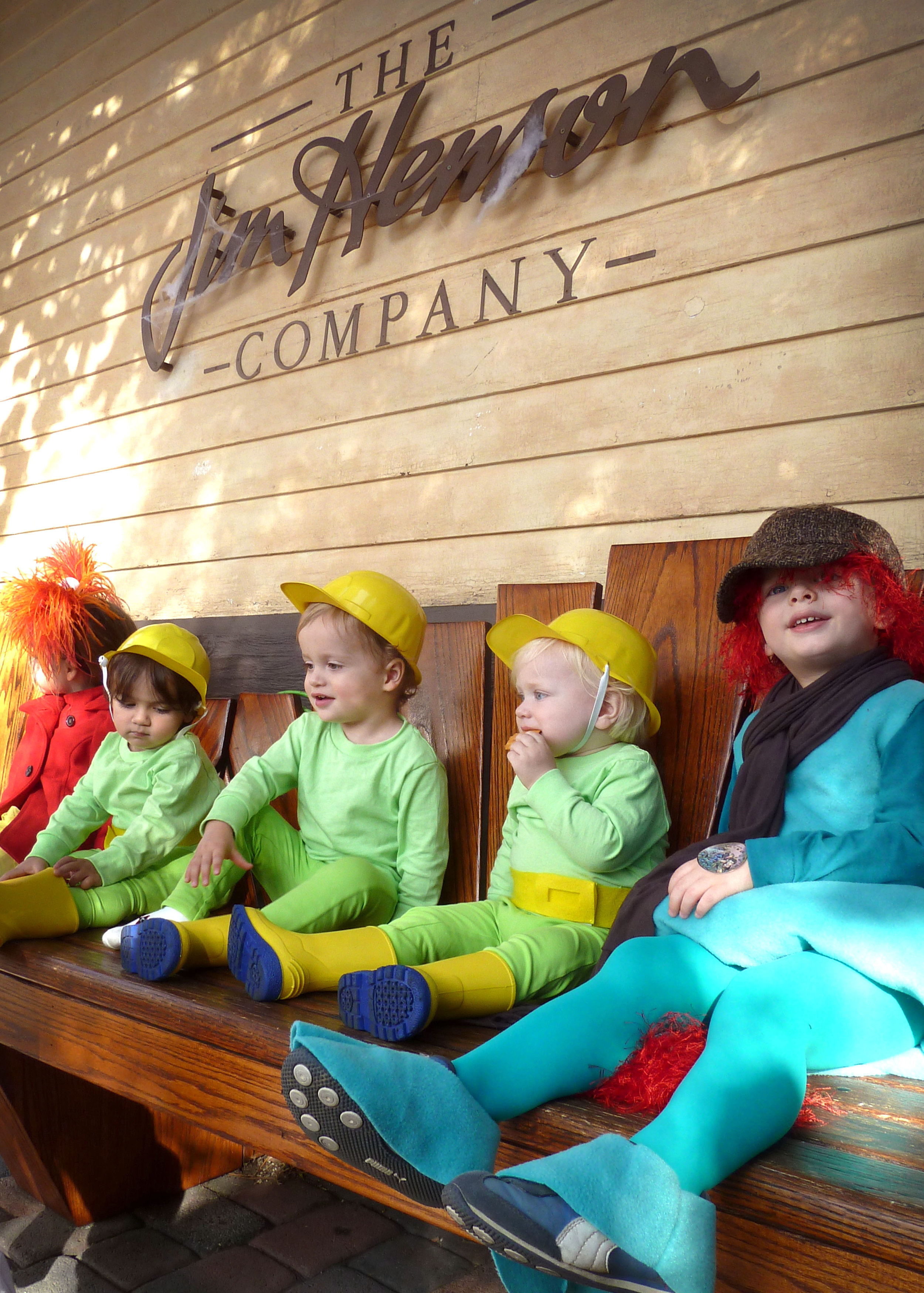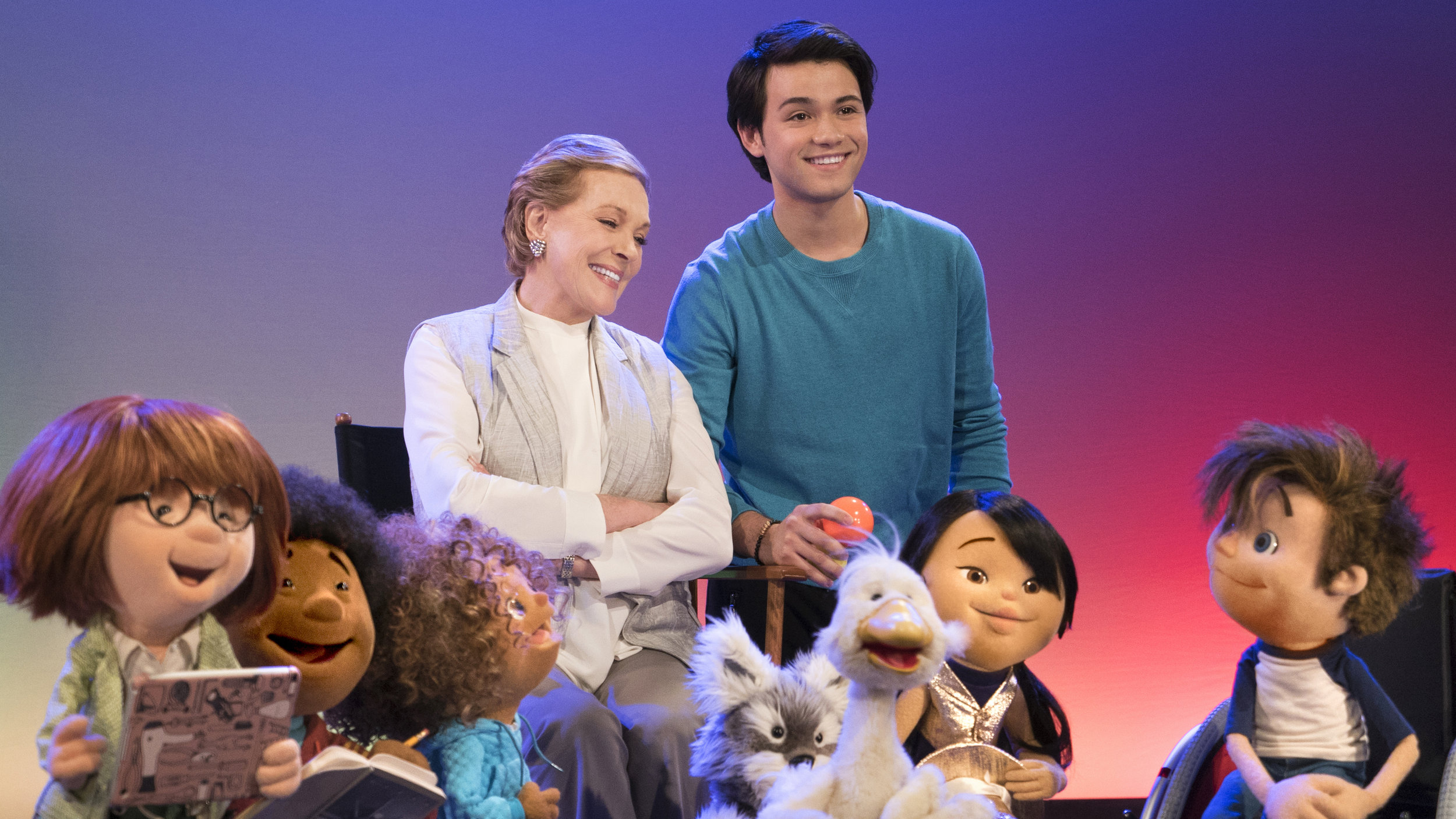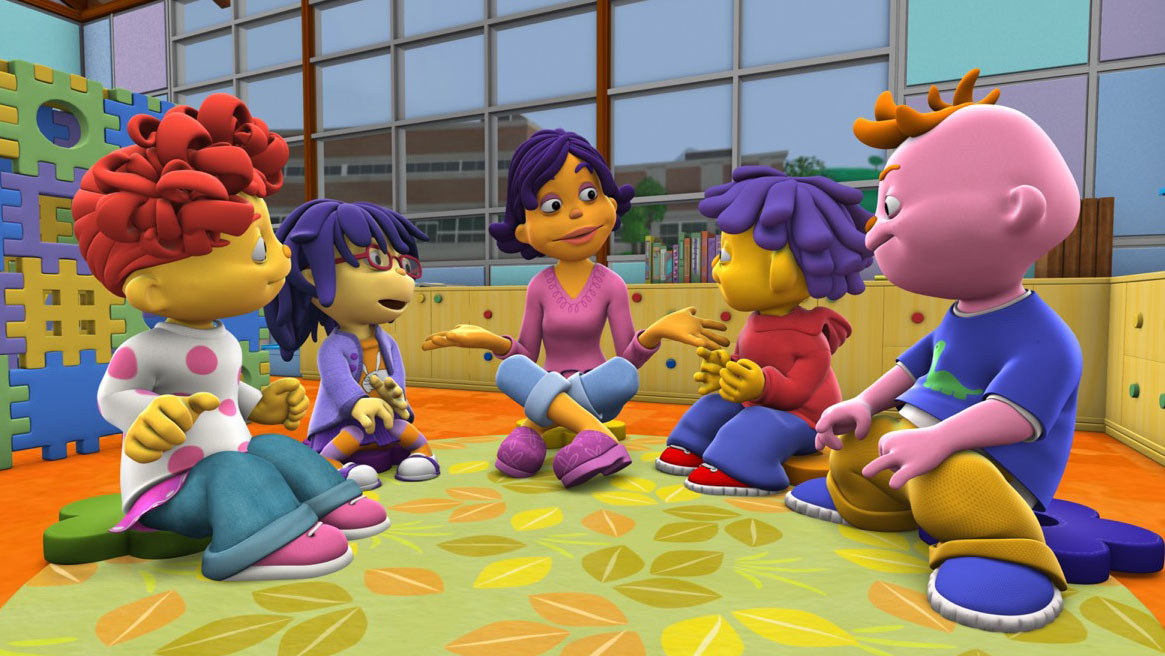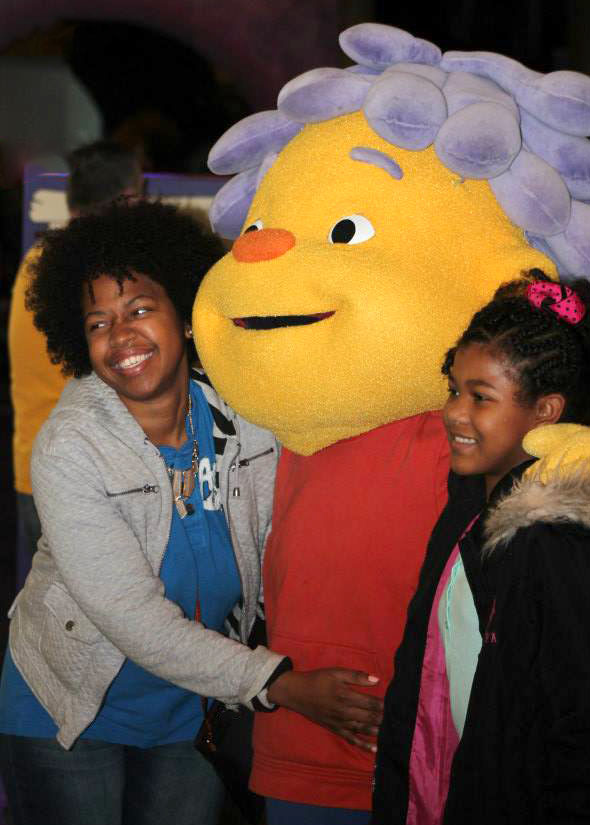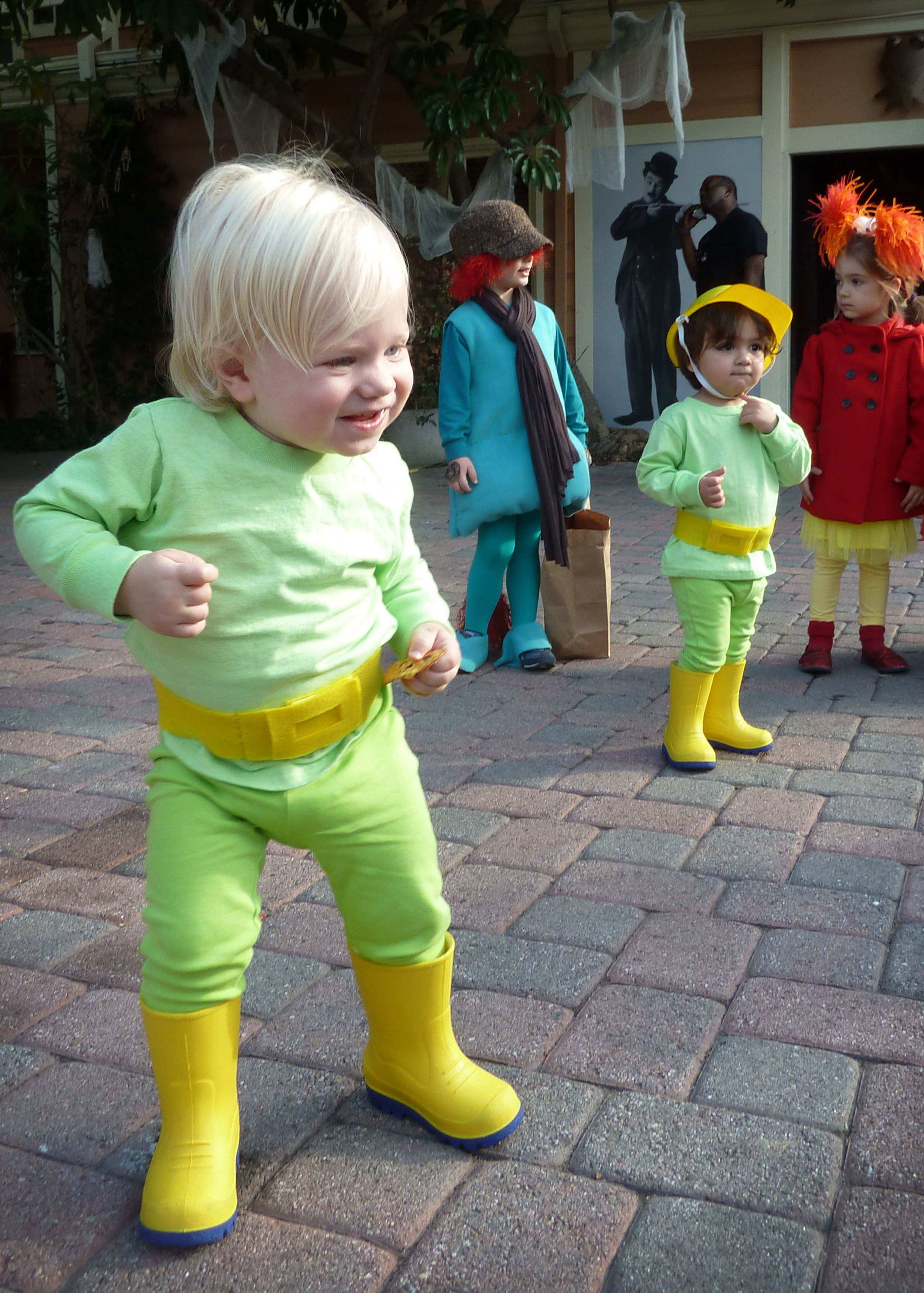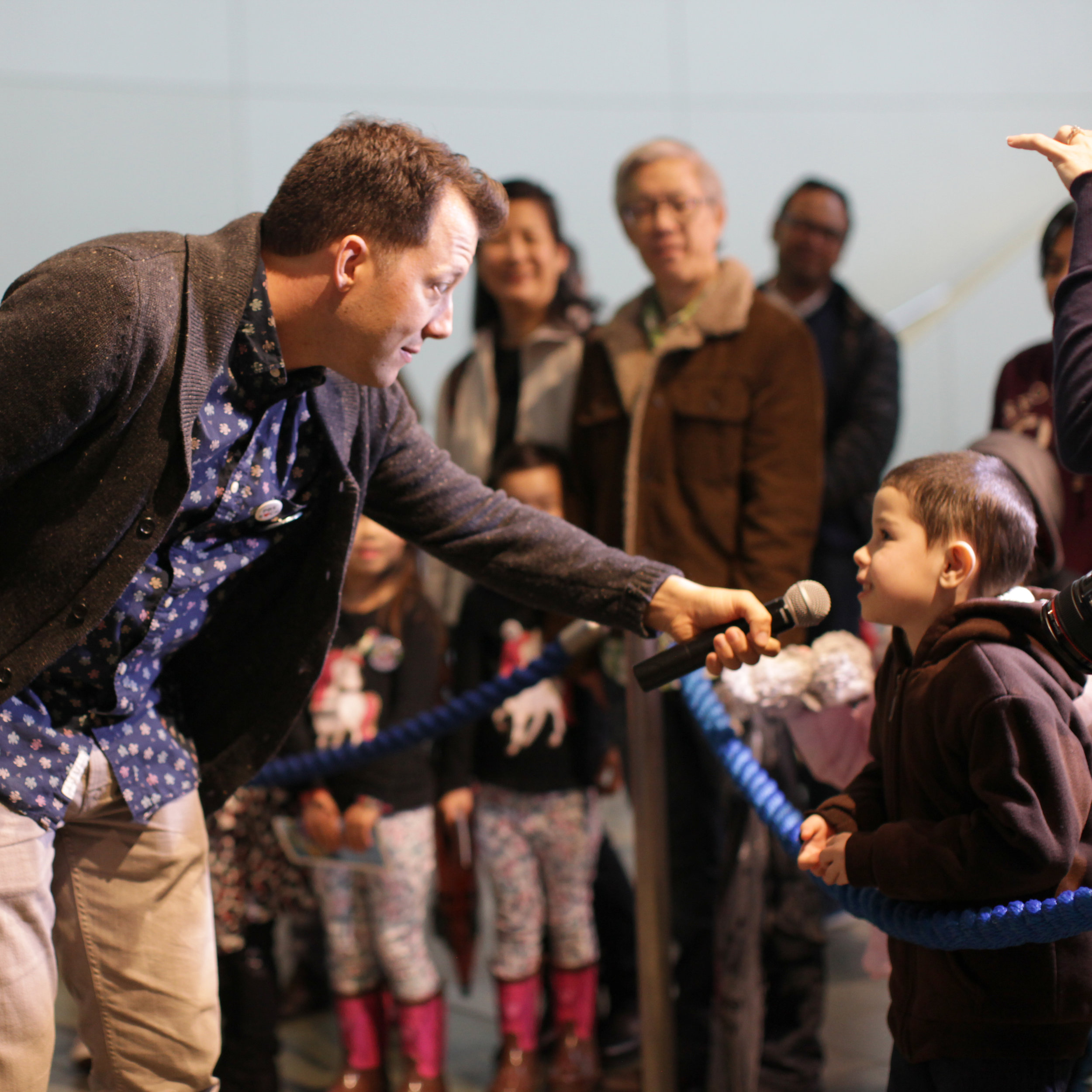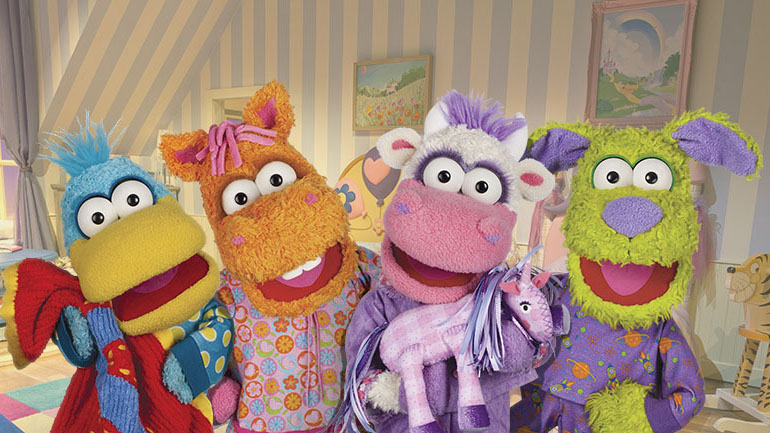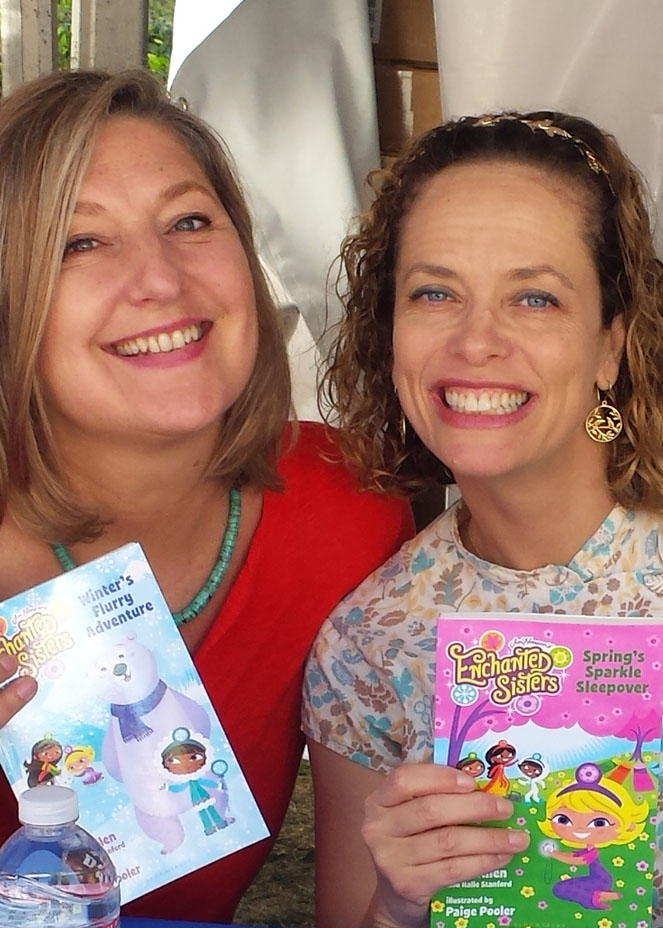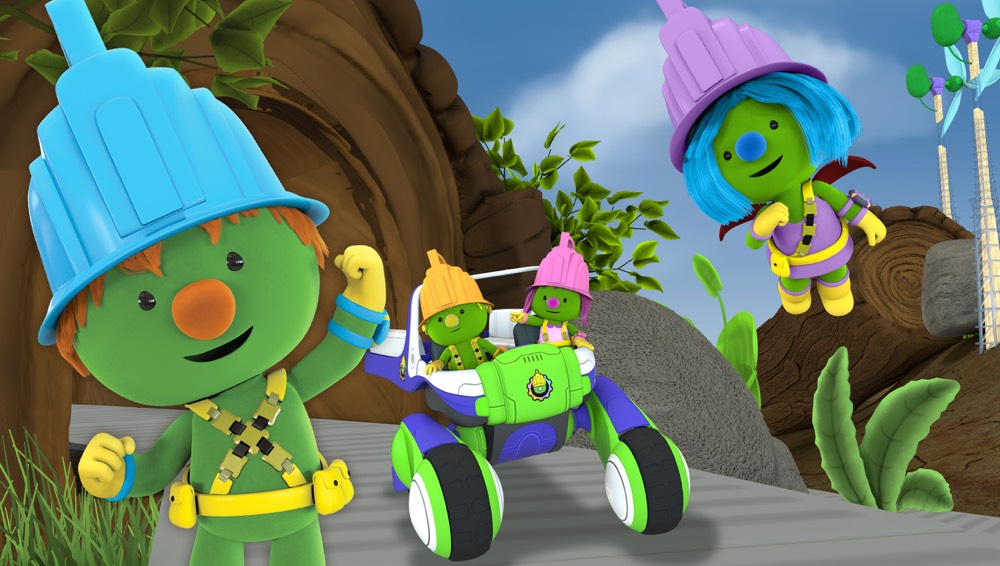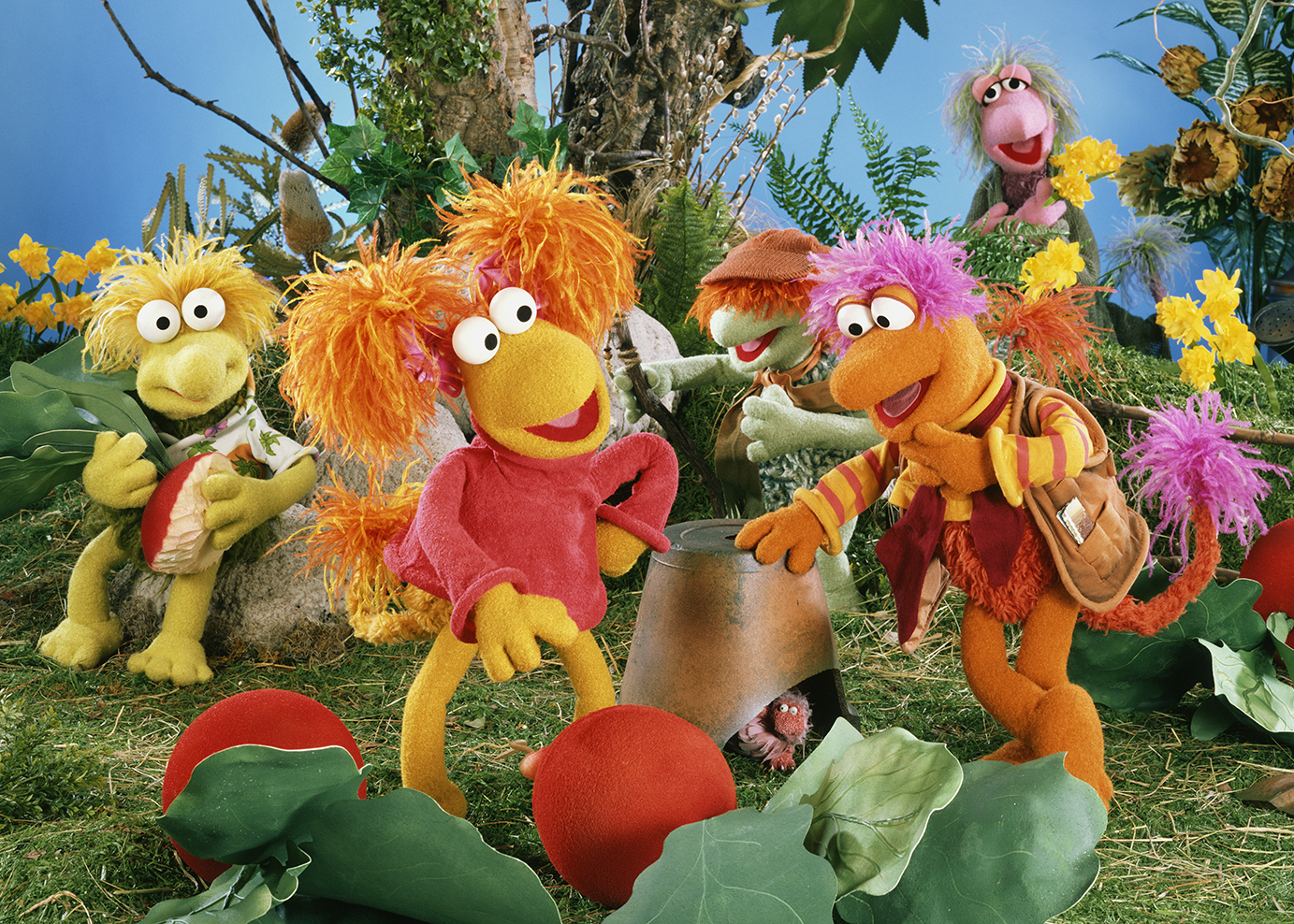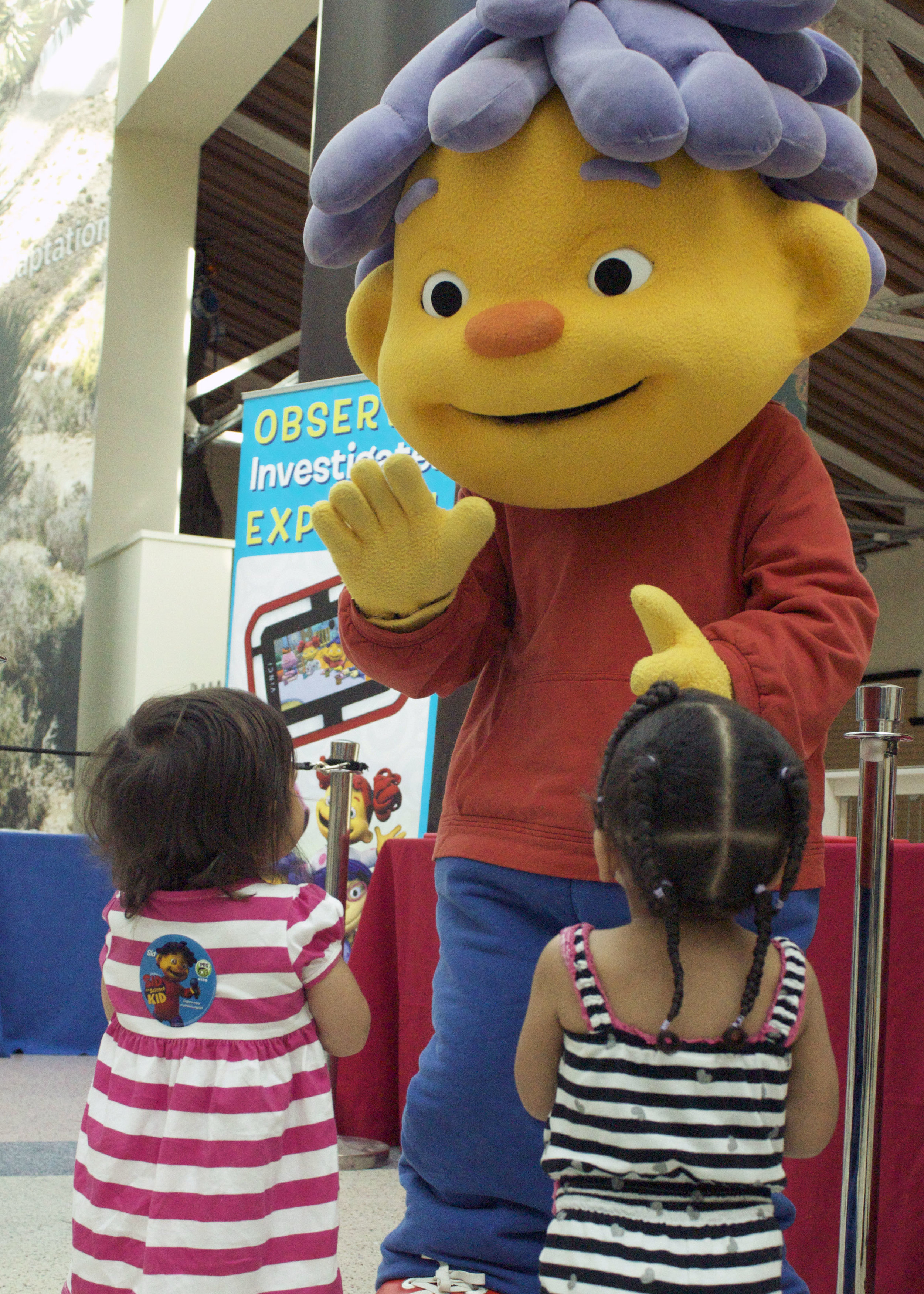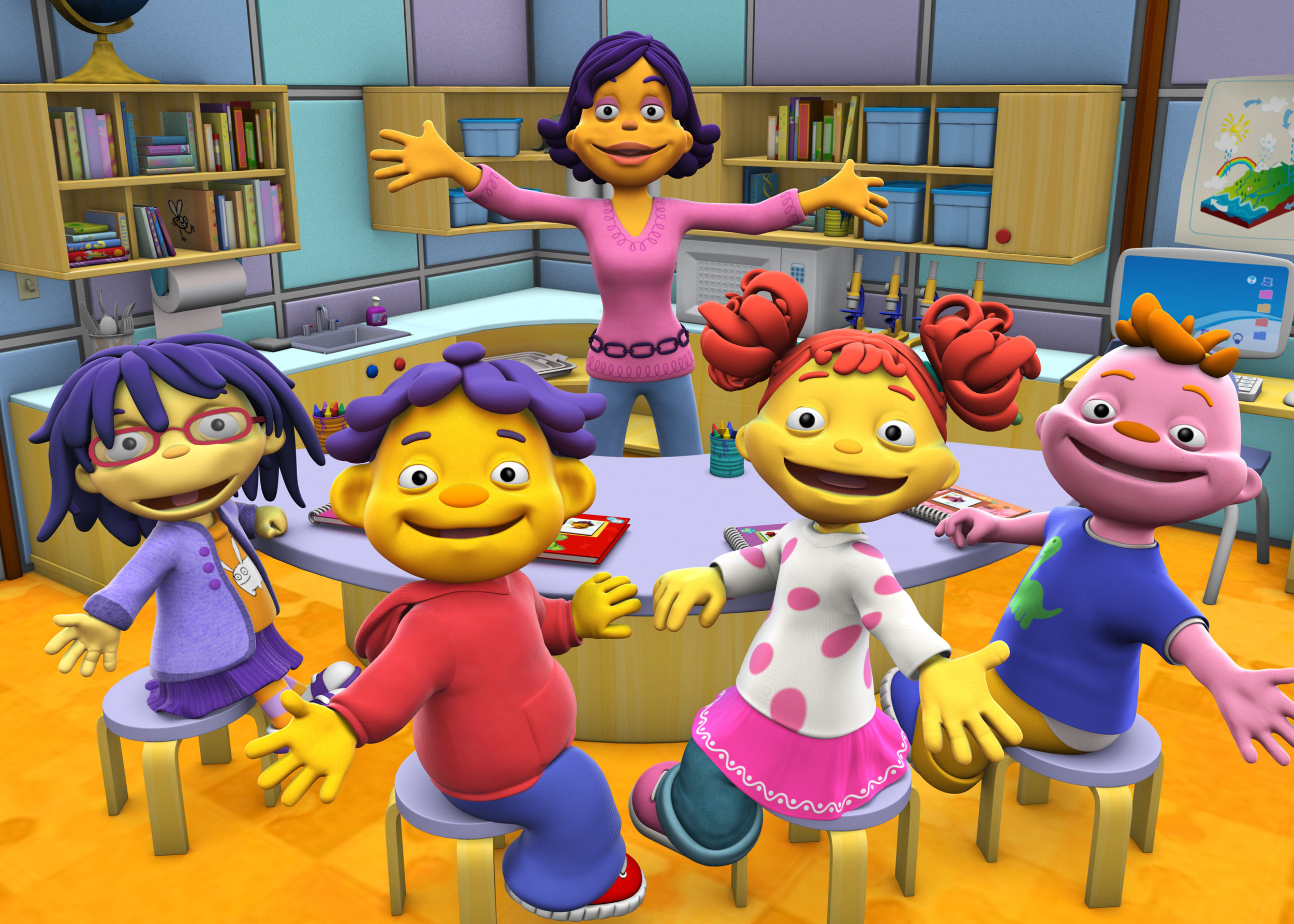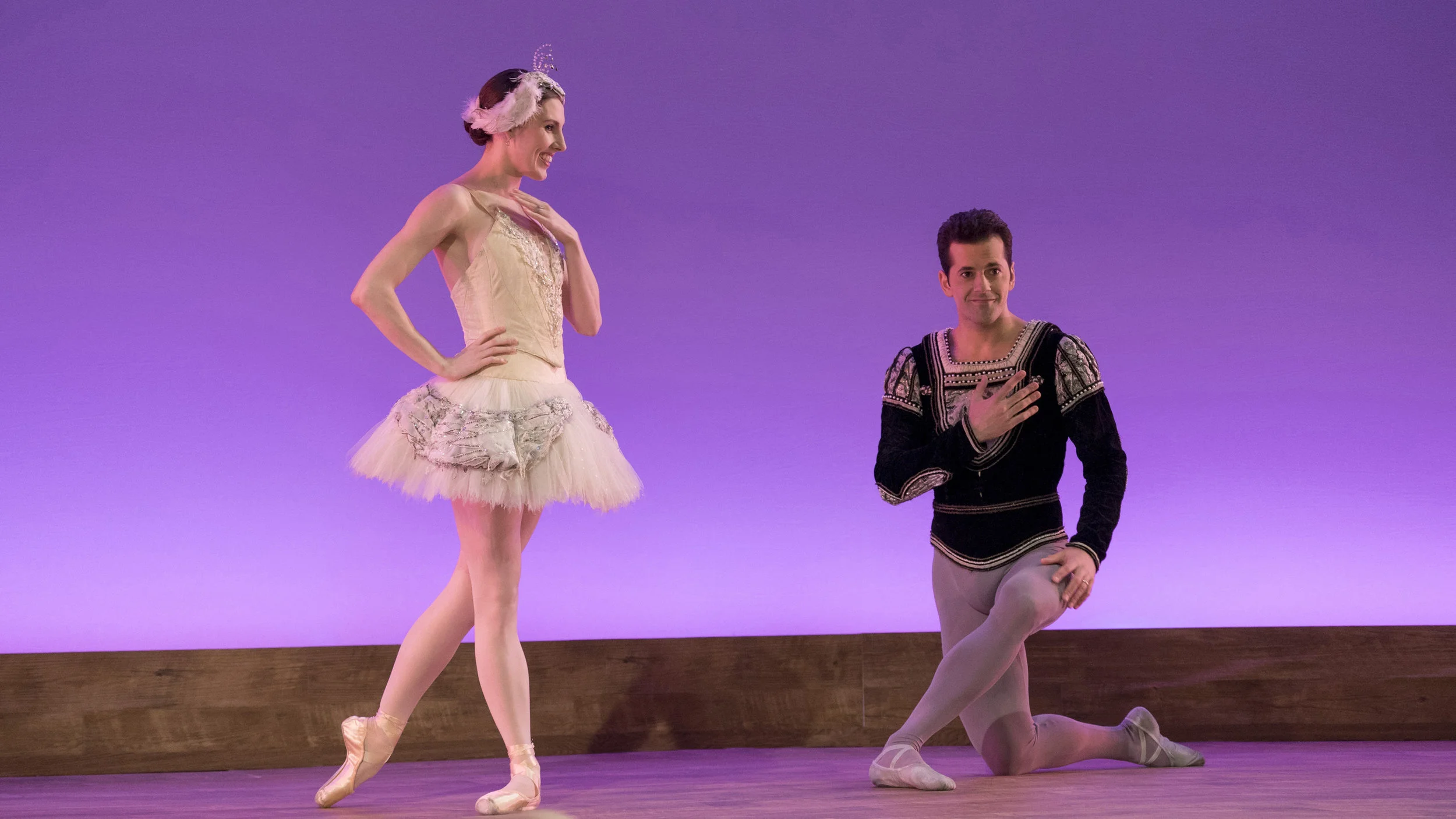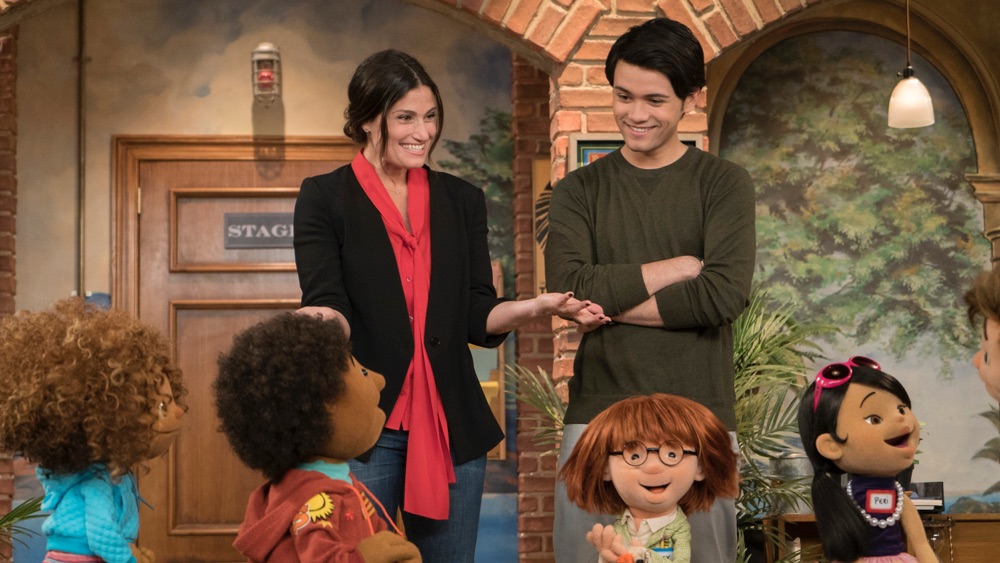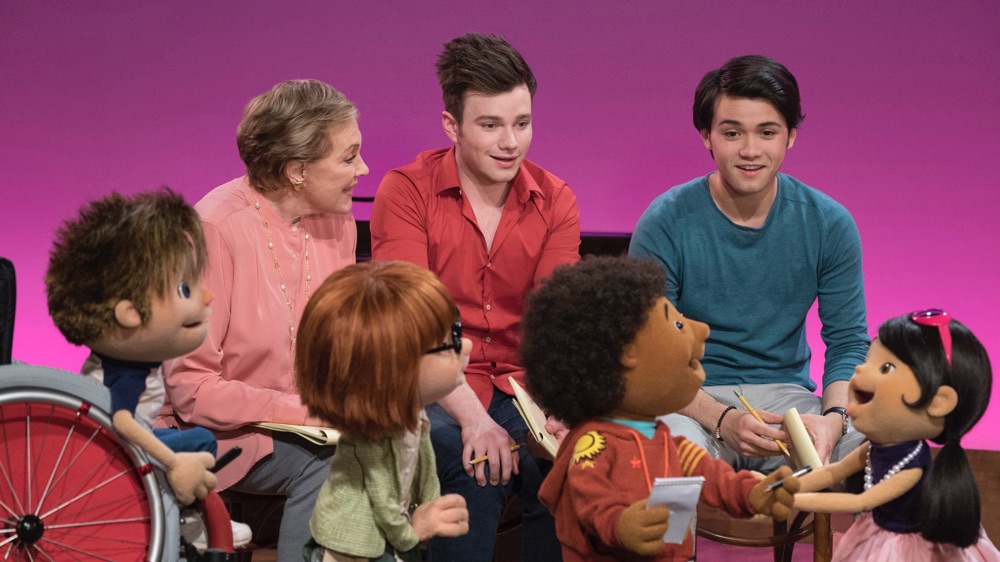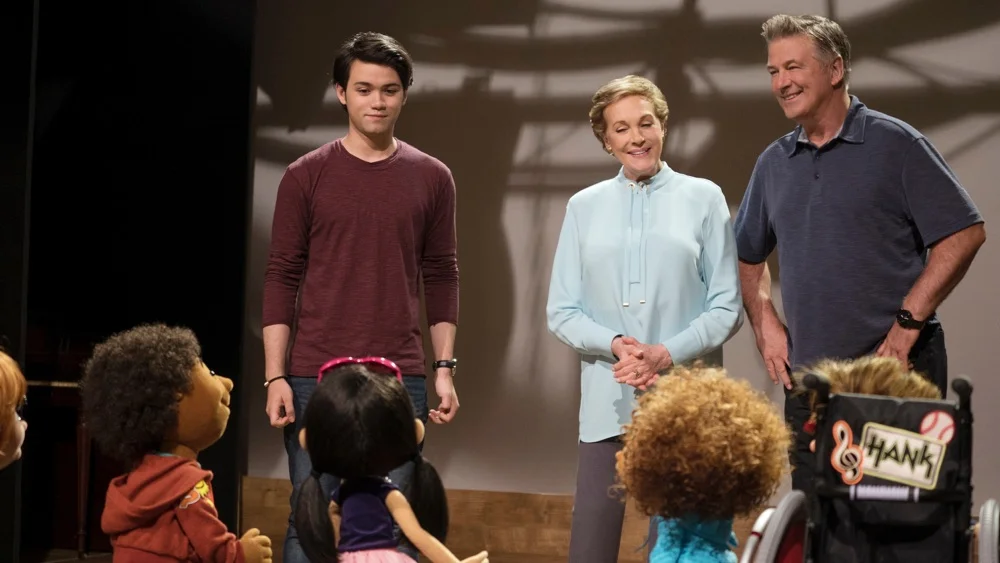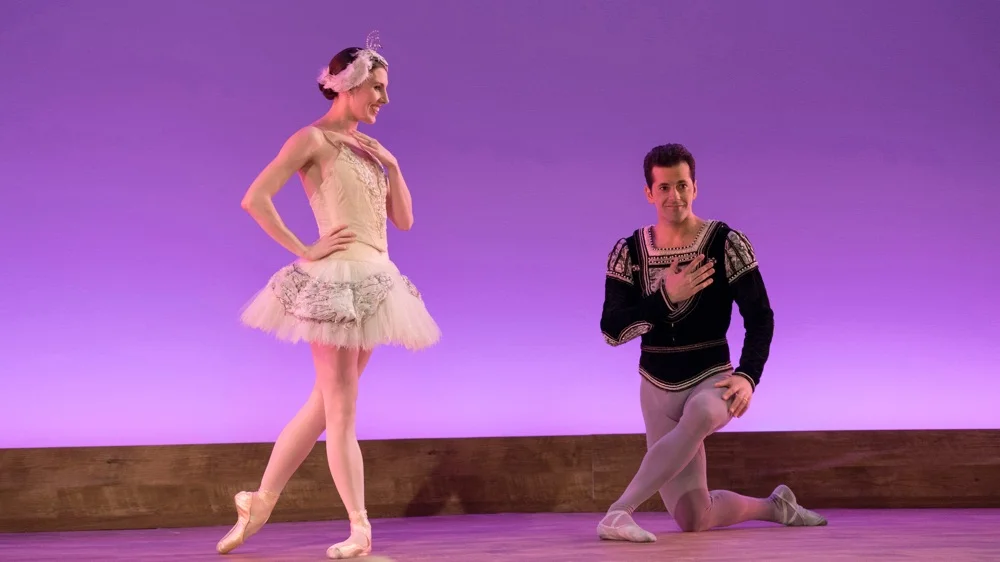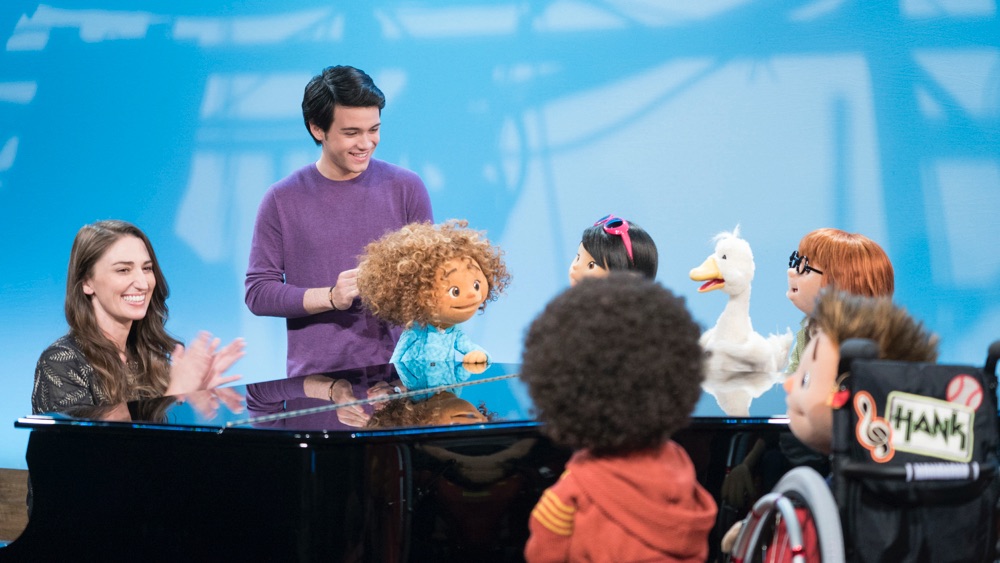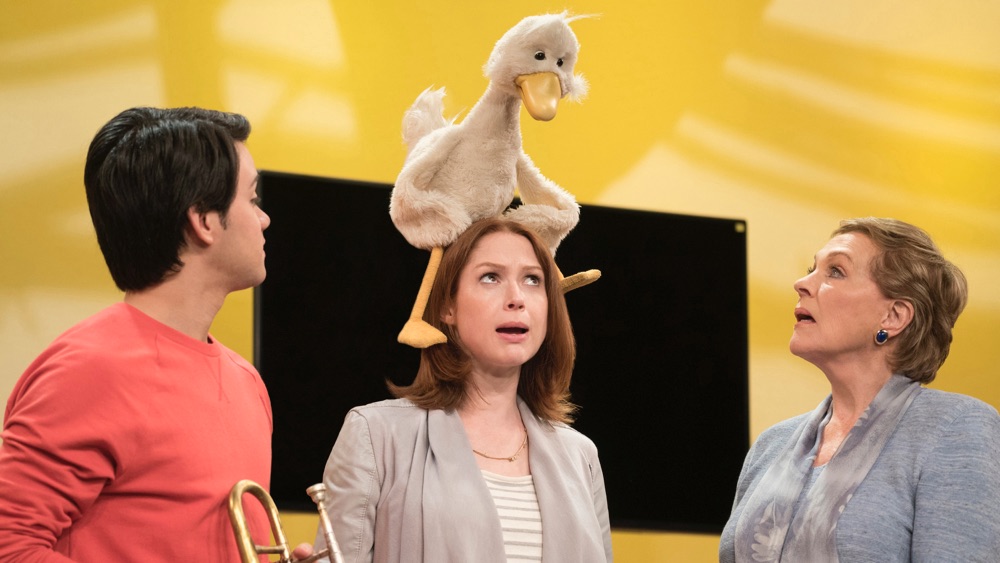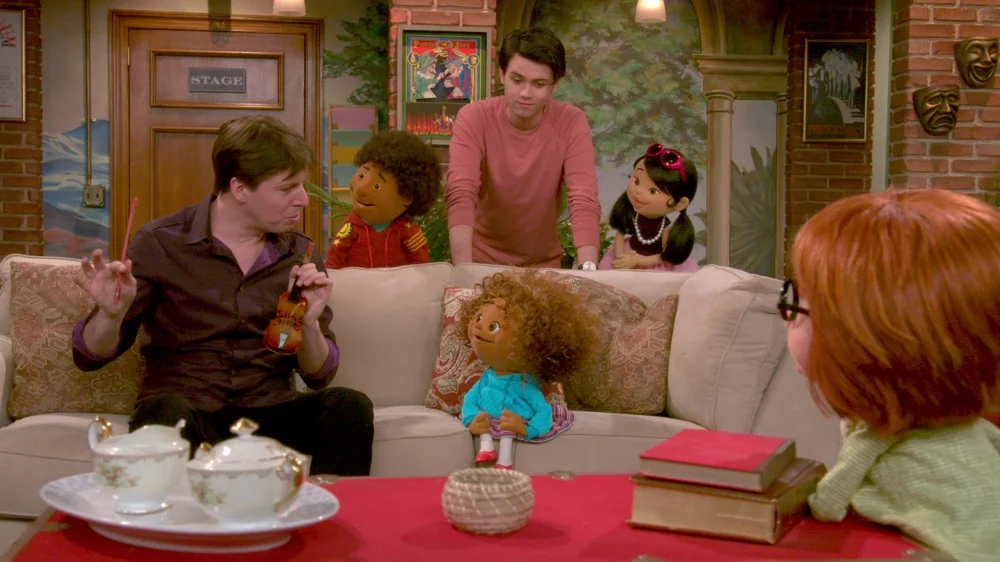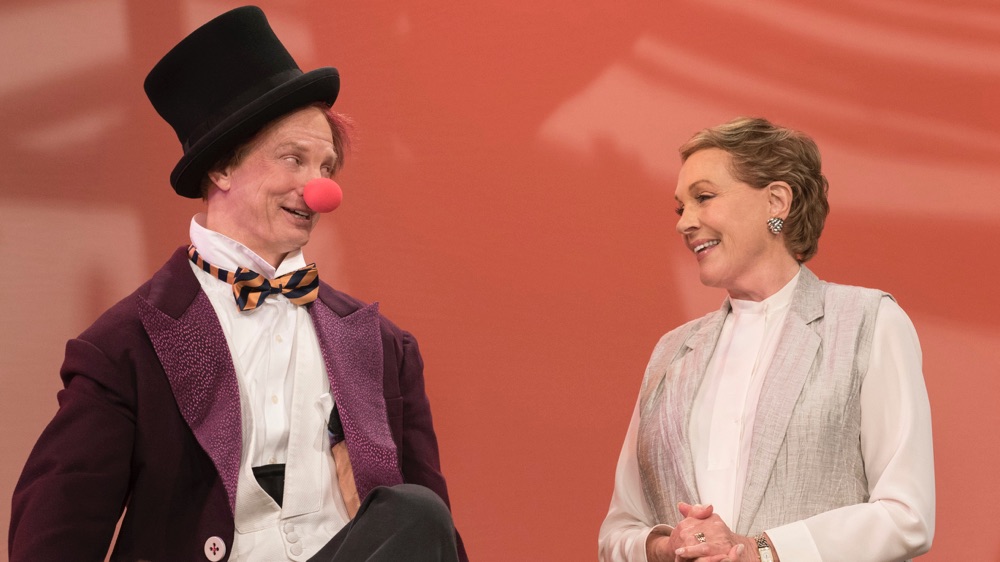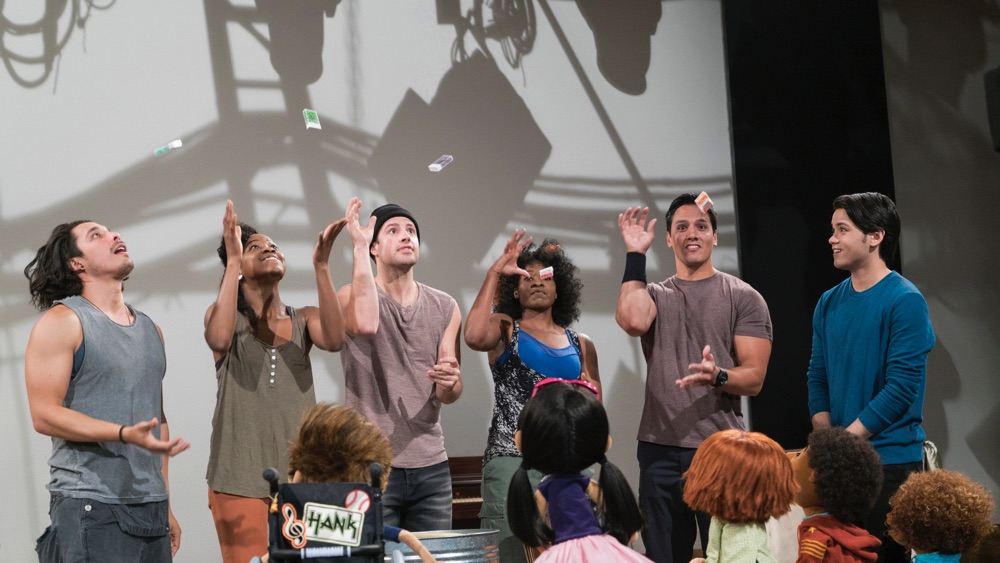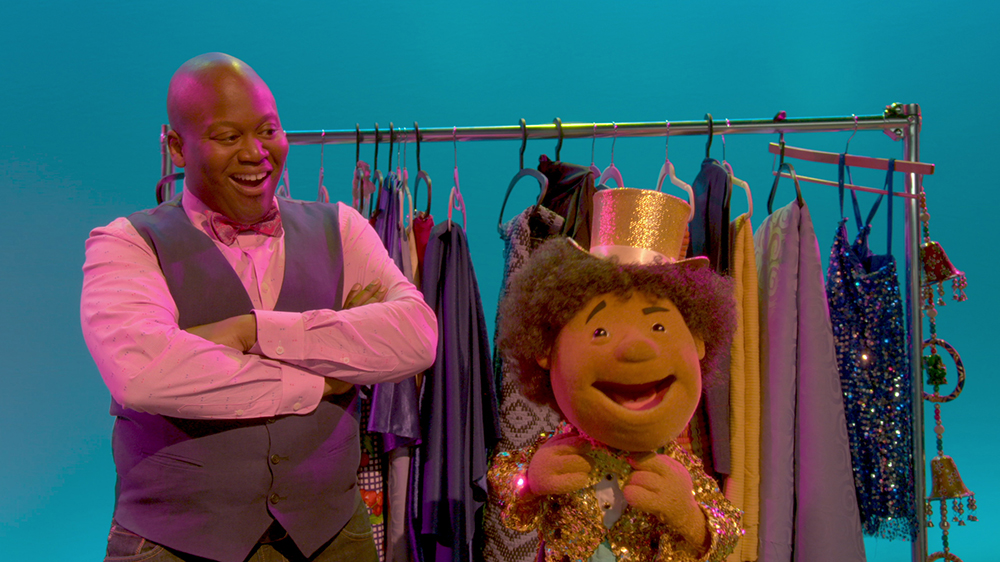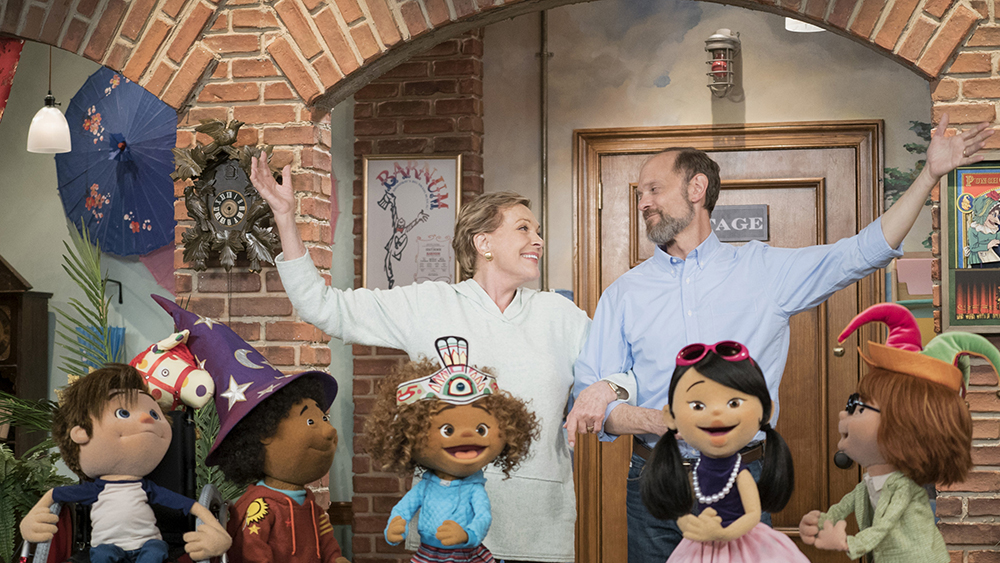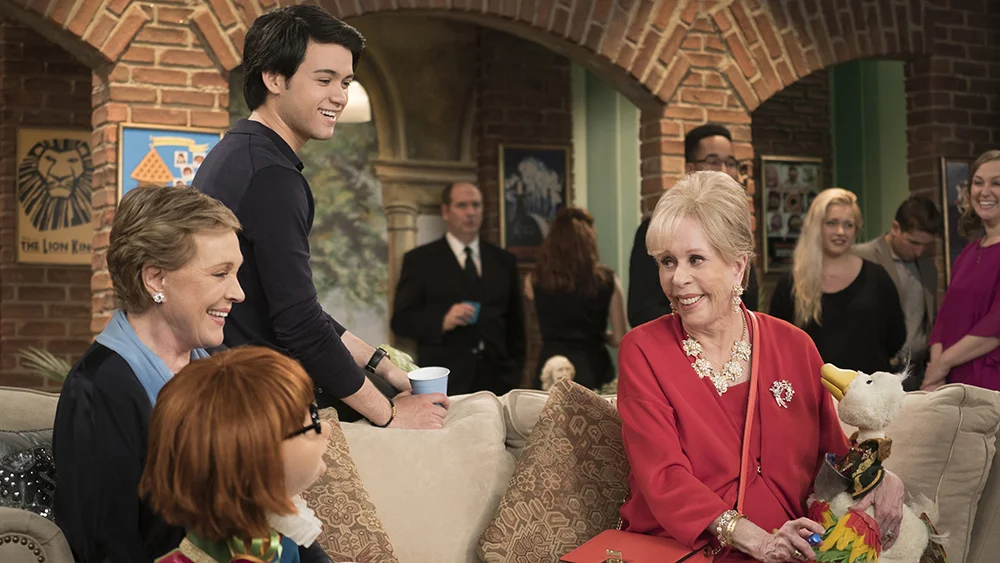Julie's Greenroom
ABOUT THE SHOW · CHARACTERS · GUEST STARS · CAST & CREW · RESOURCES
Episode 105: Barre None
Robert Fairchild and Tiler Peck convince Hank and Spike that ballet is for everyone.
Featured Art: Ballet
Ballet has managed to hold our interest for hundreds of years. Perhaps it’s the display of grace and agility, or the captivating stories it tells, but regardless, ballet continues to be one of the most relevant and influential forms of dance today.
Julie’s Greenroom was lucky enough to have Tiler Peck and Robert Fairchild stop by and teach the Greenies about Ballet. The lesson focuses on ballet fundamentals, with a core theme of demonstrating that ballet is an art form accessible to everyone.
Though dance is a widely celebrated art form, ballet is often painted with an effeminate brush, particularly at younger ages. In addition, Hank raises concerns that dance may be inaccessible for a handicapped individual such as himself.
In addition to introducing some handicapped dancers, Robert explains how even professional athletes use ballet to build muscle and stay limber.
But Robert and Tiler also demonstrate how ballet can be used to tell and further a story. The National Core Arts Standards looks for children to understand dance in a way that communicates meaning. Spike learns that certain elements in the ballet have their own corresponding language: Tiler and Robert demonstrate such movements as “will you dance for me,” “promise me,” or “I love you.”
Other elements taught are the starting ballet positions, essential for anyone interested in discovering ballet for themselves! Students interested in pursuing dance can learn more about how movement communicates story and emotion by looking further into dance classes or designing their choreography. The internet has a wealth of resources to observe both performance and analysis!
Guest Stars
Tiler Peck was born in Bakersfield, California where she began her dance training at the age of two at her mom's dance studio. At the age of 14, Ms. Peck entered the School of American Ballet, the official school of New York City Ballet, full time. The same year, Ms. Peck became an apprentice with the New York City Ballet and in a few short months was asked to join the Company as a member of the corps de ballet. Ms. Peck was promoted to Soloist in 2006 and to Principal Dancer in 2009 where she remains to this day.
Tiler made her Broadway debut as Gracie Shinn in Meredith Wilson's The Music Man at the age of 11. She has been seen as a guest star on Dancing With The Stars for 2 seasons, has had the pleasure of being a guest on Bravo’s TV show Rocco’s Dinner Party, and stars in the film Ballet 422. This season Ms. Peck will be seen as a guest star on Julie Andrews’ new Netflix series Julie's Greenroom.
Ms Peck has had the honor of performing for President Obama at the 2012 and 2014 Kennedy Center Honors and portrayed the role of Louise in the Emmy nominated production of New York Philharmonic’s Live From Lincoln Center production of Carousel. Most recently, she played the title role in Susan Stroman’s newest musical, Little Dancer, at the Kennedy Center and was seen on Broadway as Ivy Smith in the Tony Nominated On The Town.
Ms. Peck is the 2004 Mae L. Wien Award winner, the Janice Levin Honoree for 2006-2007, winner of the Leonide Massine’s Positano Premia La Danza for International Emerging Artists, a 2004 recipient of the Princess Grace Foundation- USA Dance Fellowship. In 2013, she was named Forbes 30 under 30 in Hollywood Entertainment and won the Princess Grace Statue Award. This December she received the 2016 Dance Magazine Award and in July of 2017 she will be curator of the Los Angeles’ Music Center’s presentation of Ballet Now. Tiler will also be starring in Ballet Now, which is a part of the Glorya Kaufman Presents Dance At The Music Center program. Ms. Peck is also designer of Tiler Peck Designs for Body Wrappers.
Find Tiler at tilertalks.com
Robert Fairchild made his Broadway debut with his breakout role as “Jerry Mulligan” in the Tony Award-winning musical AN AMERICAN IN PARIS. He was nominated for the Tony Award for Best Performance By An Actor in a Leading Role in a Musical, and won the 2015 Drama Desk and Outer Critics Circle Awards for Outstanding Actor in a Musical, the 2015 Astaire Award for Best Male Dancer, and the 2015 Theatre World Award. He was also nominated for the 2015 Drama League Award for Distinguished Performance.
As one of the world’s preeminent ballet dancers, Robert Fairchild began dancing at the age of four in Salt Lake City. He began his training at the School of American Ballet at the age of 15 and shortly after rose through the ranks of the prestigious New York City Ballet. He became an apprentice with NYCB in June 2005. The following June, he joined the Company as a member of the corps de ballet. He was promoted to soloist in May 2007 and was promoted to Principal Dancer in October 2009.
He appears regularly in NYCB's seasons at Lincoln Center. His roles range from Prince Desirè in The Sleeping Beauty to works by world renowned choreographer William Forsythe. Last fall he participated in "Broadway at the White House" where he danced for the First Lady, Michelle Obama.
TV: “Julie’s Greenroom” on Netflix; Romeo in NYCB's "Romeo and Juliet" and Carousel Boy in NY Philharmonic's "Carousel," both for PBS "Live From Lincoln Center"; "Dancing With The Stars"; "The Late Show with Stephen Colbert"; "Live with Kelly and Michael"; "CBS Sunday Morning""60 Minutes." Film: NY Export: Opus Jazz.
Find Robert on Twitter: @robbiefairchild
Virtual Visit
Founded by Artistic Director Kitty Lunn in 1995, Infinity Dance Theater (New York, NY) is committed to expanding the boundaries of dance by featuring dancers with and without disabilities and changing perceptions of what a dancer can be. Notable performances include New York City’s Gibney Dance (2016), Theater for the New City (2013), Judson Memorial Church (2012), and Joyce SoHo (2004, 2006, 2009); Oregon Shakespeare Festival’s “Green Show” (2015); Kennedy Center for the Performing Arts (2000, 2004); the 1st Cultural Paralympiad at the 1996 Paralympics in Atlanta, GA; Festival of Wheelchair Dance in Boston, MA (1997); and overseas performances and educational programs in Italy (1999-2001, 2010) and Scotland (1996, 2002).
Infinity’s acclaimed transposition of ballet technique for dancers with disabilities has been documented in the form of a training video, and an ongoing national teacher training project (transposition of ballet and modern dance styles) continues to be in high demand. Other educational activities include in-school dance residencies, classes, workshops, and lecture-demonstrations.
Kitty Lunn began her study of ballet at an early age, and at 15 she was dancing principal roles with the New Orleans Civic Ballet, where she made her professional debut. Her work in New Orleans led to a scholarship to the Washington Ballet, where she studied and worked with both Mary Day and the great ballet master Edward Caton. While in Washington, Ms. Lunn worked with such dance legends as Martha Graham, Agnes de Mille, José Limon, and Erik Bruhn. While preparing for her first Broadway show, she slipped on ice, fell down a flight of stairs, and broke her back. Now a paraplegic using a wheelchair, Ms. Lunn works diligently on behalf of performing artists with disabilities. She is a Registered Dance Educator and a frequent guest teacher at New York University.
Find Infinity Dance Theater on Facebook here.
Warm Up Game: Ballet Positions
The most physically taxing of the Greenies lessons, ballet requires a warmup perhaps most of all. In fact, Ms. Julie and the Greenies start off with a simple stretch:
Straighten your shoulders, standing nice and tall. Now reach up high with one hand, stretching towards the ceiling, before slowly reaching that arm forward and down. After reaching down to your toes, lift yourself back up and take a deep breath.
Next, the Greenies have to learn the positions. There are five basic positions in total:
Position 1
Position one: is done like so – feet turned out, and hands down low.
Place your heels together, with your toes facing outward in either direction. Your feet should form a straight line as you keep your hands low.
Position 2
Position two: step feet out wide – arms extend out either side.
Keep your toes pointed outwards, but now spread your feet until your heels are about shoulder-length apart. Lift your arms outwards pointed in the same direction as your feet.
Position 3
Position three – bring heel to arch and make a ‘T’.
Bring your feet back together again. Only this time, place the heel of one foot against the arch of the other, in the middle. As Ms. Julie points out, this makes a “T” shape.
Position 4
Step forward for position four – we’ve only one position more.
Position four involves taking your foot, pressed against your other foot, and stepping forward with it. Your legs should now be slightly crossed, with your feet running parallel to each other.
Position 5
Take your feet, running parallel to each other, and pull them in close again. The toe of each foot should line up with the heel of the other foot. Your legs will feel crossed, and you might stand a little awkwardly. That’s where practice comes in!








